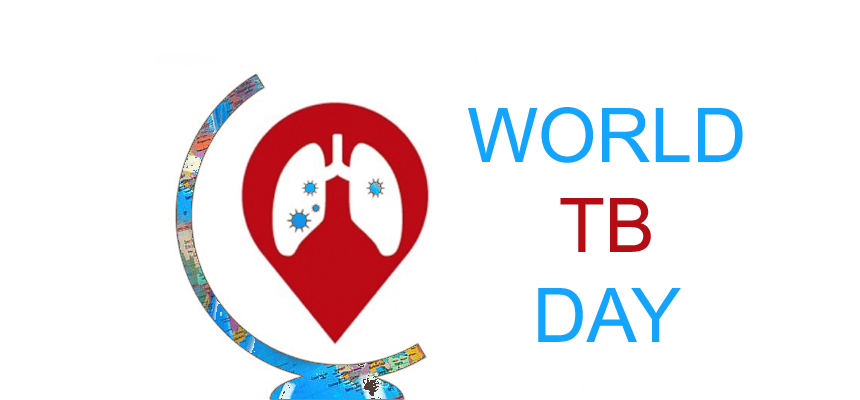What's the healthiest diet?
There is no single diet that nutritionists have deemed “the healthiest.” However, there are several styles of eating that...
The World Tuberculosis Day is marked globally to create awareness of the devastating health, social and economic consequences of TB. Tuberculosis (TB) is one of the deadliest diseases worldwide that is responsible for approximately 1.3 million deaths (data as of 2017). Moreover, India is one of the eight countries that account for two-thirds of the new cases of TB. The World Health Organization (WHO) statistics revealed that, as of 2016, there were 2.79 million cases of TB in India. To add to this burden, approximately the same number of children are also suffering from TB. Approximately 30% of individuals exposed to the bacteria will develop latent TB and, if left untreated, approximately 5-10% acquire active TB at some point in their lifetime. Dr. Samir Garde, Consultant Pulmonology, Global Hospital, Parel, discusses everything about Tuberculosis.

What causes this global pandemic?
TB is a bacterial infection (mycobacterium species) that affects the lungs commonly, and at times other organs such as the central nervous system, bone and joints, genitourinary system, etc. The bacteria spread through the air as droplet infection, thereforethe disease is more prevalent in developing countries and in areas of poor hygiene.
What are the stages of Tuberculosis?
There are three stages of the condition:
- Initial infection/Primary stage: This occurs when a person breathes in airborne bacteria. The bacteria spread through the cough, sneeze, and spit of an infected person. Therefore, it is possible to acquire the infection even if you are otherwise healthy and maintain good personal hygiene, due to exposure to unhygienic public spaces.
- Latent stage: This means that the bacteria are dormant or asleep after initial infection. TB bacteria wait for our immune system to get weak. It is possible that we harbour the bacteria for most of our life, yet do not develop TB. However, if the immune system weakens, as in old age and other systemic conditions, the bacteria become reactive. It is therefore important to identify high-risk individuals and prevent further spread of the infection.
- Active stage: This is when the affected individual shows symptoms and can also spread the disease to others. The scary part is that individuals with active TB can infect 10 to 15 other people they come into regular close contact with, in just ayear.
What are its symptoms?
Common symptoms of active infection are difficulty in breathing, cough, chest pain, fever, fatigue, weakness, weight loss, wheezing, etc. Remember that TB symptoms can be confused with those of other conditions; therefore, you need to be aware of when to seek medical advice. Medical professionals advise undergoing screening for TB in case the above-mentioned symptoms last for three weeks or more.
How are children affected by TB?
Children most likely acquire TB from their parents, close relatives, or other infected children. Malnutrition and the presence of other childhood infections increase the risk of acquiring TB. Children are also more likely to become severely disabled by TB, as they are more vulnerable to complex forms of the disease such as TB meningitis.
Active TB is curable, but the disease can be deadly if left untreated. Long-term (six months to one year) chemotherapy treatment is the only therapeutic strategy for management of active TB. However, it must be made very clear to patients that the disease can recur. Moreover, there are several drug-resistant strains of the bacteria, so if you quit treatment once the symptoms are relieved, you are increasing your risk of becoming resistant to the drugs in case of recurrence.
Preventive Measures :
• Initiation of treatment at an early stage will ensure that the patient heals rapidly and will not be infectious. Apart from this, BCG vaccination should be made mandatory in children.
• Maintaining personal hygiene such as bathing, handwashing, wearing clean clothes, etc. on a daily basis is important, as is maintaining cleanliness in your living spaces.
• A patient affected with TB (especially in the active stage) does not necessarily have to be kept in isolation, but it would be advisable to ensure contact with as few people as possible, especially children and elderly or other immunocompromised individuals.
• Following basic measures such as covering one’s mouth while sneezing/coughing and subsequent hand washing; using separate towels, etc., goes a long way in ensuring that your co-inhabitants do not acquire the condition.
• Finally, maintain a healthy body through regular exercise and a proper diet. Do not forget that it is important to maintain the immune system at its prime, to avoid contracting this deadly disease.